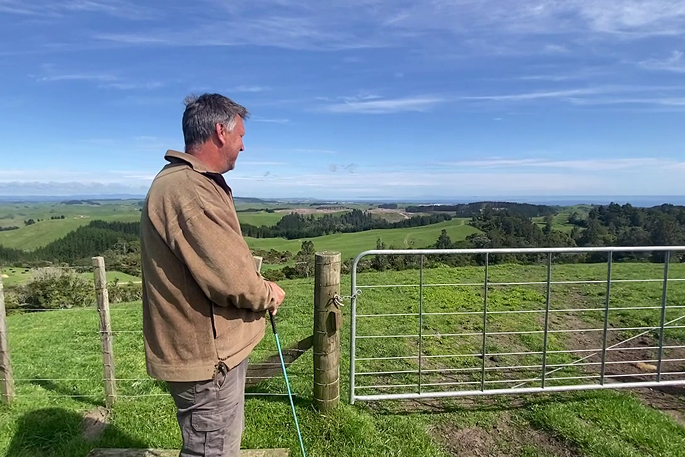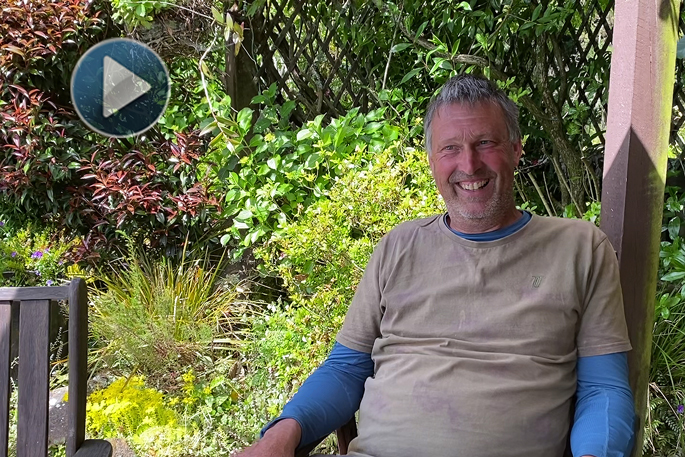Some people might think fencing off farmland isn’t a smart decision, but that’s where local Manawahe farmer Brent Mountfort would disagree.
Mountfort Puriri farm, located just above Matatā, is a traditional beef and sheep farm extending over 270ha of the hilly Manawahe area.
Over the past three decades, Brent and his family have worked in partnership with Toi Moana Bay of Plenty Regional Council to make changes on their farm for the benefit of the environment and wider community.
Today, just under/almost 50 per cent (130ha) of Mountfort farm has been retired and planted with more than 30,000 native trees, with a goal to improve the biodiversity within the farm and the wider catchment area.
Brent Mountfort is one of hundreds of landowners around the region who are currently signed up to an Environmental Programme (EP) with Regional Council.
An EP is a management plan, developed in collaboration with the landowner, that sets out actions that will help protect and restore biodiversity, conserve soil and improve water quality. These EPs not only benefit the individual landowners, but also whole communities living in the area.
Brent has always been passionate about conservation work, thanks to his mum Antoinette and dad Chris. Antoinette previously worked for the Department of Conservation and through her work began the Mountfort’s long-standing relationship with Regional Council (then called Environment Bay of Plenty).
Since then, Brent and his family have worked closely with their local Land Management Officer’s (LMO), following their guidance to make positive changes on their property.
Brent says this ongoing relationship has been the key to ensuring the right project gets done.
“Without Regional Council being on board and helping with fencing and advice, a lot less would be done. Our Land Management Officers have all been great. They are good to talk to, they listen, and they come up with great ideas.”
 Brent Mountfort looking out over his farm in the Bay of Plenty.
Brent Mountfort looking out over his farm in the Bay of Plenty.
Most recently, Brent partnered with Regional Council and QEII National Trust to deer fence and replant a remnant bush block on a section of steep erosion prone land.
This project was co-funded by Regional Council through the Ministry for the Environment’s Public Waterways and Ecosystem Restoration Fund.
Regional Council Land Management Officer Kendall Smith says this work will have long-term benefits for freshwater quality in the catchment.
“This latest project has been a vision of Brents for a long time and to see it come to fruition has been incredible. It will be a fantastic tool for the community to show how native bush can regenerate and flourish when deer and stock are excluded.
“This work will have massive benefits for the environment with the new plants acting as an interception zone, filtering sediment and nutrients before reaching the stream which will improve water quality in the long term.”
While this project provides many benefits for the whole catchment, Brent says fencing off this land also makes good sense in terms of his farm management.
“The gully we just deer fenced has always been an issue with erosion and wandering animals. Now, I have a new raceway to take my animals across and a great fence, so it really does work in with my farm.”
Brent’s advice for others who are consider making changes on their land is: “Change happens over a very long time. You don’t have to do everything in one go; you just have to do something.”
Are you interested in making environmental changes to your own property?
Talk to your local Land Management Officer.



0 comments
Leave a Comment
You must be logged in to make a comment.